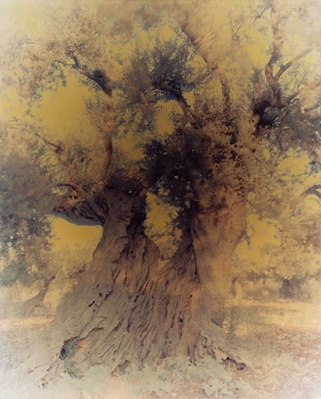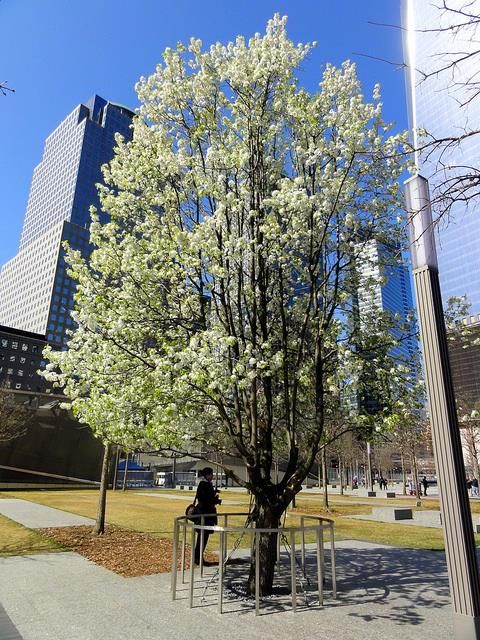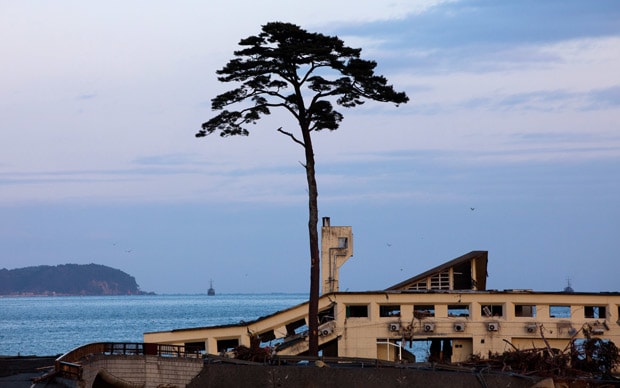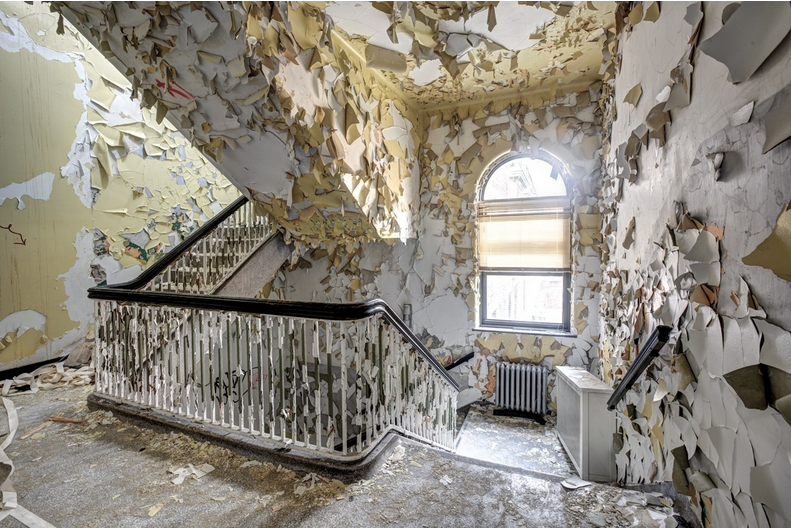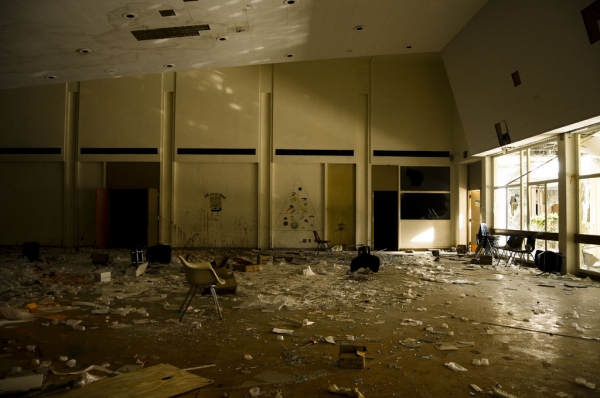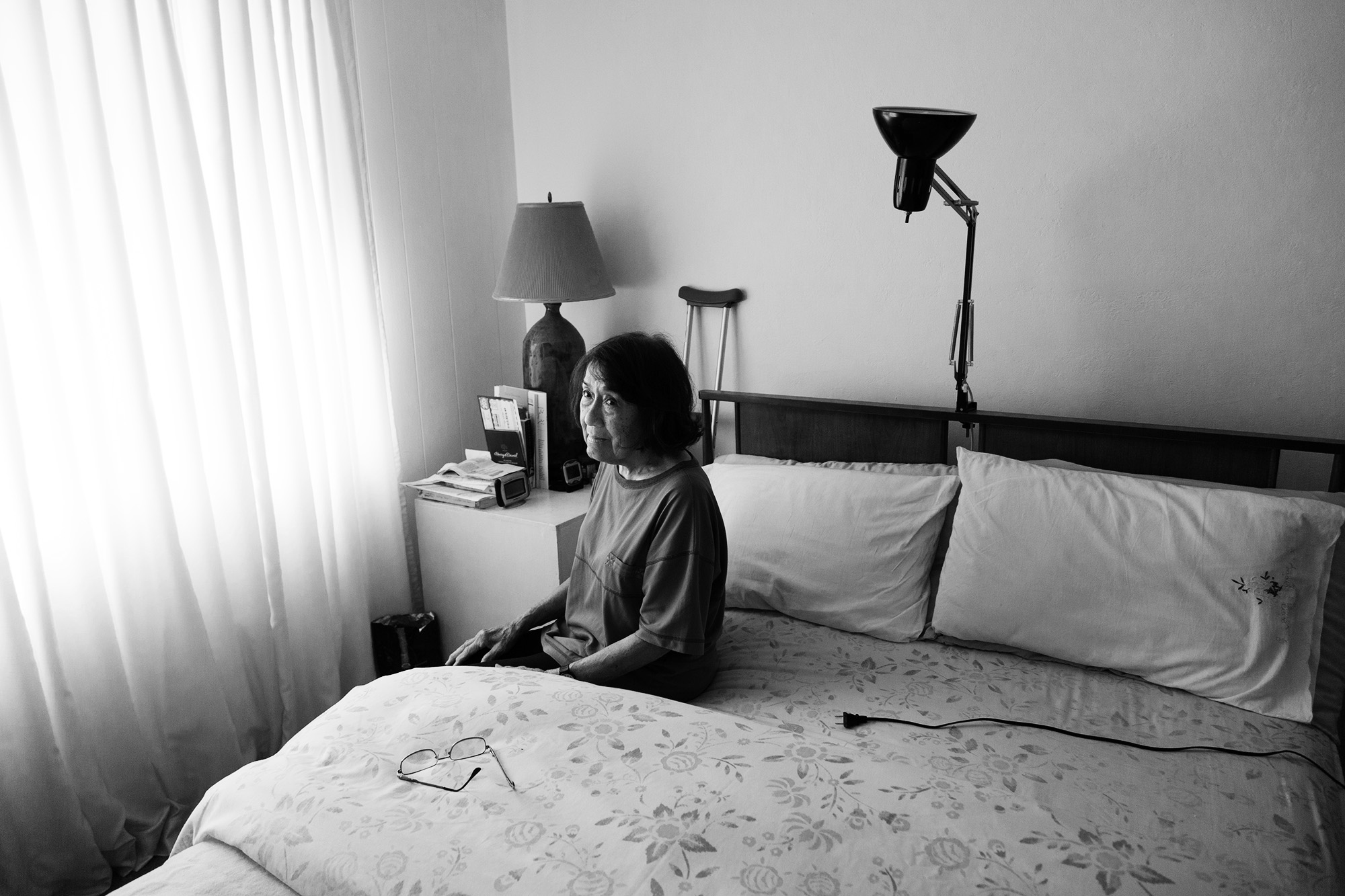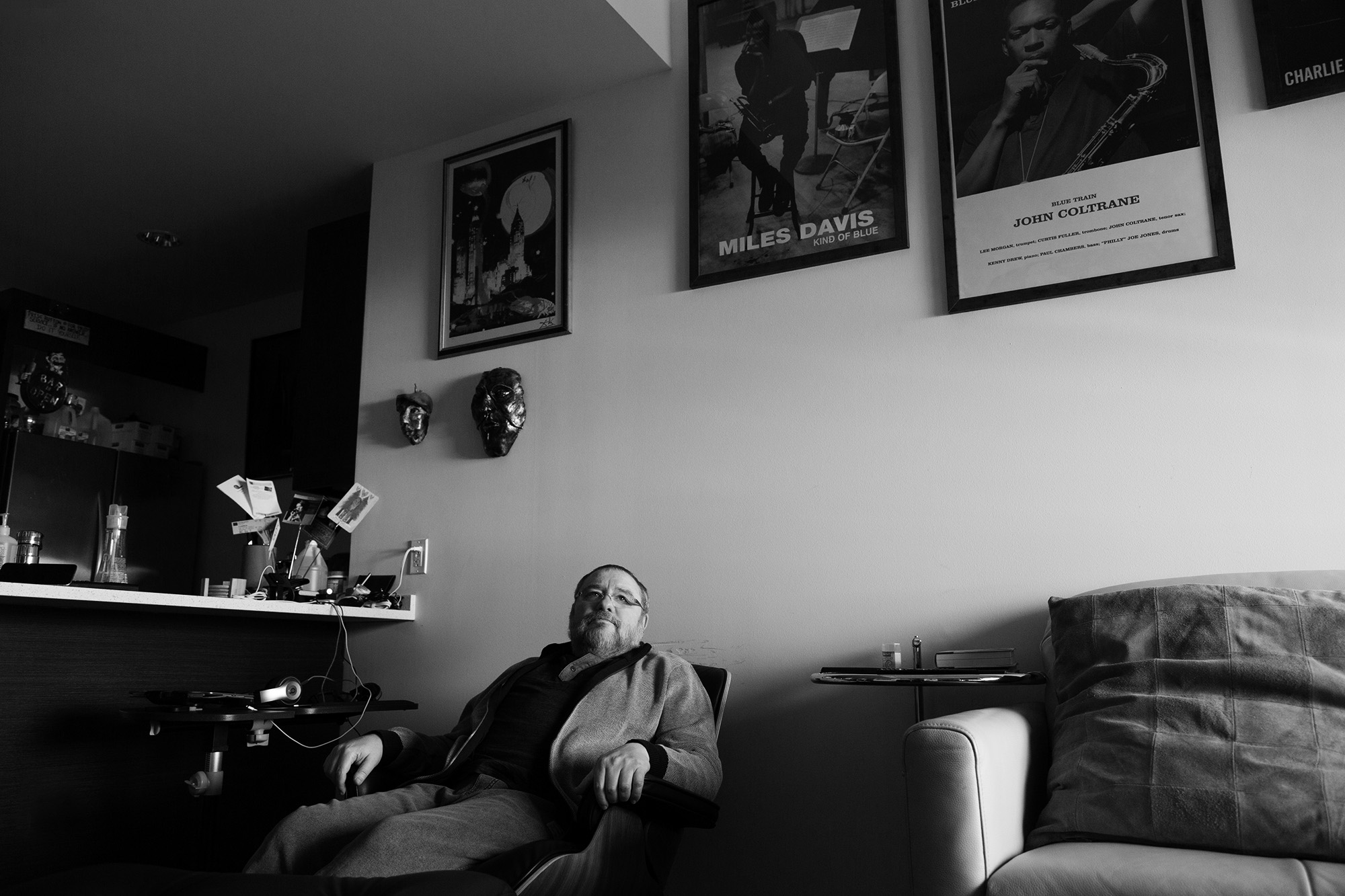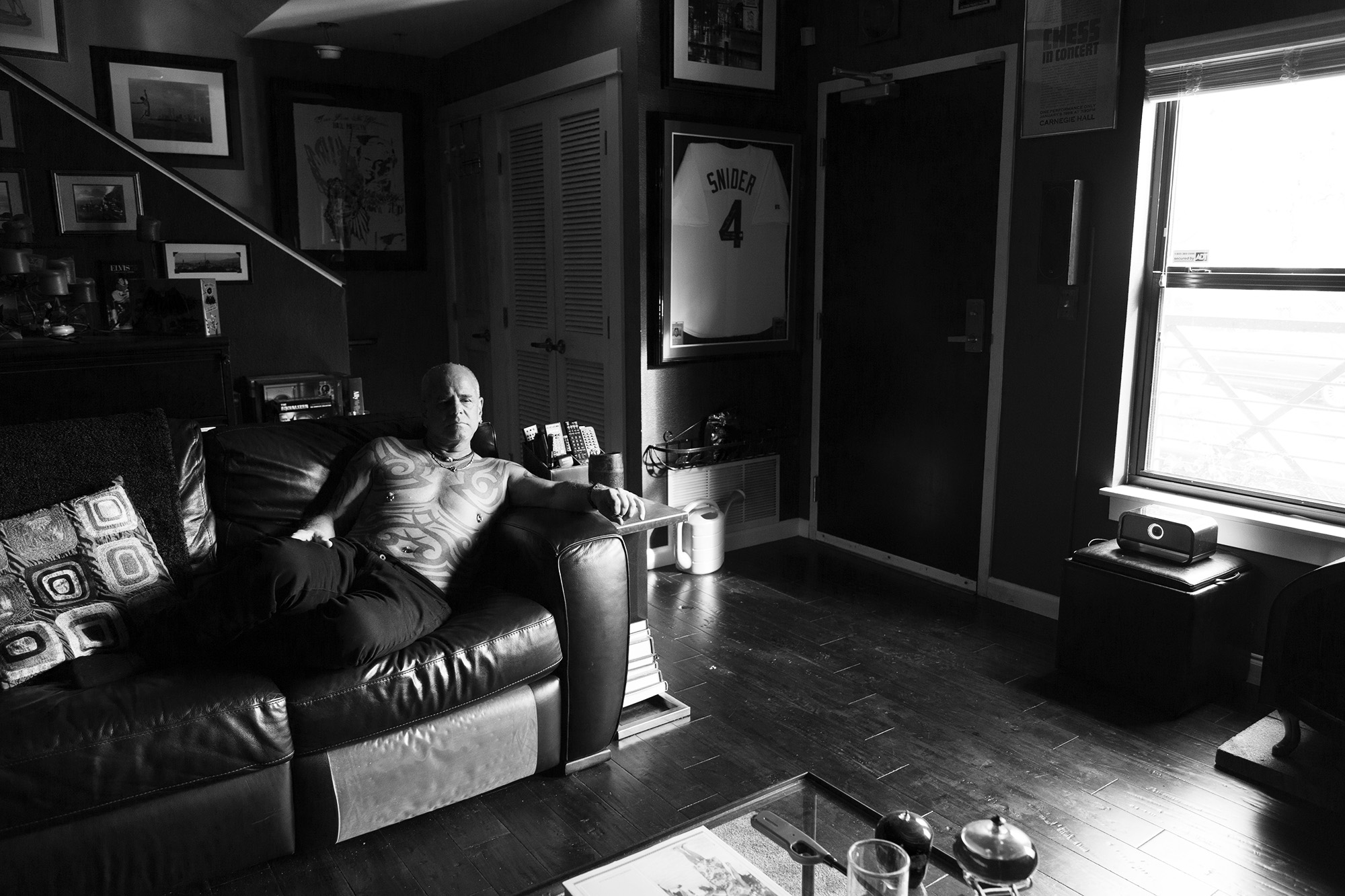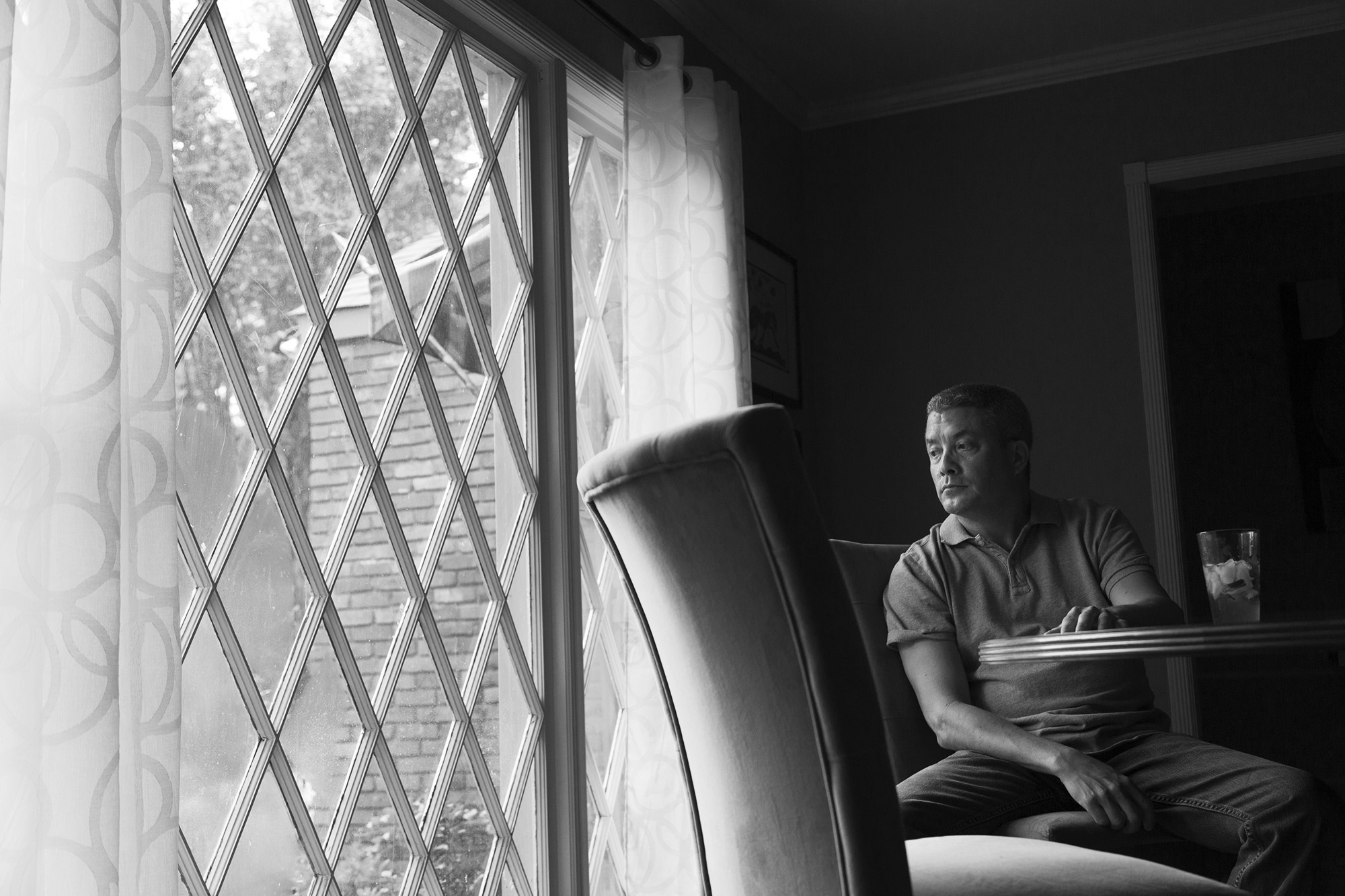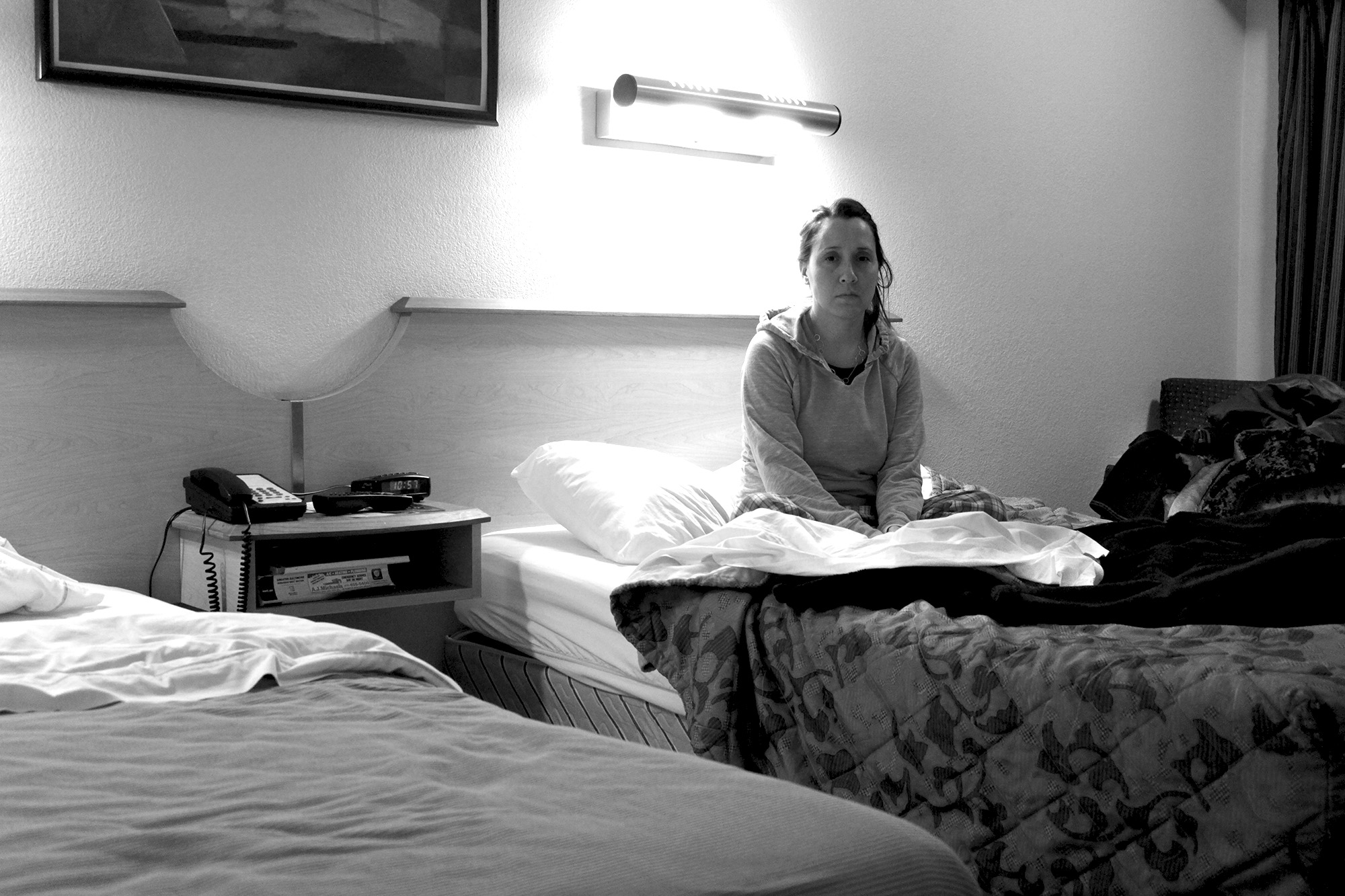by Cecilie Oedegaard
Currently residing in Tel Aviv, Israel I recently visited the garden of Gethsemane in Jerusalem’s Ancient City, claimed by Christians as the place where Jesus Christ prayed before he was crucified. The garden is located close to the Mount of Olives and the feeling of being amid history is palpable. In 2012 carbon dating of samples taken from olive trees that can be found in the Garden of Gethsemane, showed that they are at least 900 years old making it likely that these trees are in fact the very trees that were sheltering Jesus at the site where the Bible says he was praying and later betrayed by Judas.
The land of Israel is pervaded by history whether ancient, modern or more recent. Being truly fascinated by the idea of nature as a quiet observant of history led me to the discovery of Israeli contemporary photographer Ori Gersht’s body of work titled Ghost (2004). Socio-political concerns underpin most of Gersht’s work and Ghost is no exception. With this body of work he simultaneously explores the symbolic power and vulnerability of the ancient olive trees in Israel which have been invested with political and cultural significance.
The olive trees Gersht photographed were located in Arab villages throughout the Galilee, the war-torn region in Northern Israel, bordering on Lebanon. The trees represent the Palestinian people, the Arab culture and they signify the bond between the people and the land, and thus the continuity of history. Gersht explains in an interview that the trees actually lived through the Ottoman Occupation, The British Mandate and they are entangled in the current Israeli-Palestinian territorial dispute, spreading indiscriminately, as they do across a physical and symbolic divide. During the Six-day War in 1967 Arab land in the Galilee was claimed by the Israelis and the ancient trees where destroyed in the process of reclaiming land and establishing identity.
Gersht states that he wanted to photograph the silent and beautiful trees and at the same time capture the violent environment they grow in. The violence is expressed through the photographic process, as Gersht intentionally overexposed the photographs in the bright light of the midday sun, bleaching the film and fading the images of the trees. The photographic process hence serves as a metaphor for the fading presence of the majestic trees as they appear both ghostly and delicate, almost dissolving into the earth and sky.
In the artist statement Gersht writes:
"My practice investigates the themes of history’s violence, the poignancy of time’s indifference to what passes and the cyclical relation between past, present and future."
Although the olive trees in Israel as Ori Gersht beautifully captures remain at the centre of an ongoing conflict, in other parts of the world the so-called Witness or Survival trees are offering hope to the ones left behind in tragic events.
In October 2001, a tree was discovered at Ground Zero severely damaged, with snapped roots and burned and broken branches. The tree was removed from the rubble and placed in the care of the New York City Department of Parks and Recreation. After its recovery and rehabilitation, the tree was returned to the Memorial in 2010. New, smooth limbs extended from the stumps, creating a visible demarcation between the tree’s past and present. Today, the tree stands as a living reminder of resilience, survival and rebirth.
In North-East Japan a single Pine became the observer and survivor of a natural disaster when a tsunami killed 1 700 people in the town of Rikuzentakata. It grew into a symbol of hope for the people left behind in this tragic event. The 250-year-old "miracle" pine – was the only one among 70,000 trees left standing along the town's coastline after the disaster.
Throughout history, from the crucifixion of Jesus Christ to our modern times’ Israeli-Palestinian conflict the olive trees of The Holy Land have witnessed endless violence and bloodshed. Are we ever going to see peace in this region? Well, if any get to experience that, it might be the olive trees.
References:
The Edges of Trauma, Explorations in Visual Art and Literature, Tamas Benyei, page 182-183
http://www.thegundgallery.org/2013/02/ghost-olive-olive-4-mark-01-from-the-series-cypresses/
www.reuters.com (Olive trees of Gethsemane among oldest in world, October 2012)
http://www.deccanherald.com/content/280390/beauty-tender-fleeting.html
http://www.inglebygallery.com/exhibitions/ori-gersht-jan-brueghel-the-elder/
http://adventure.howstuffworks.com/-witness-trees-testify-history-hope-visitors.htm



